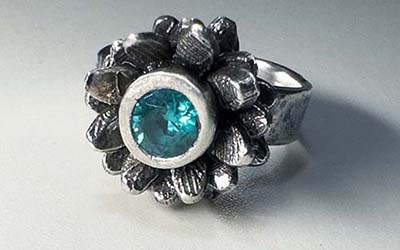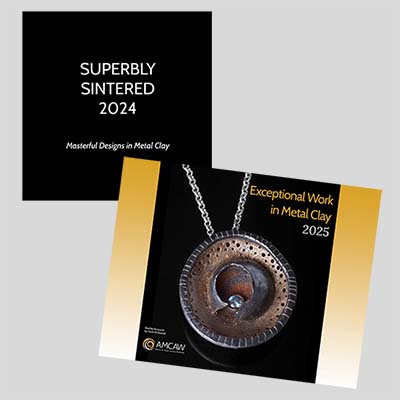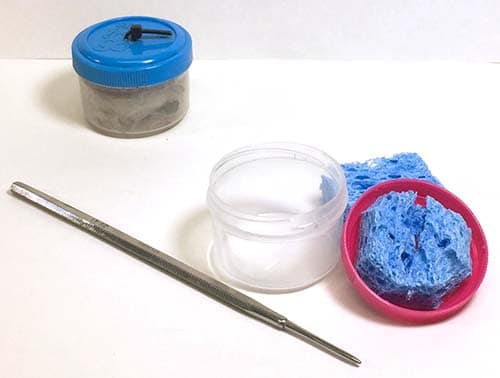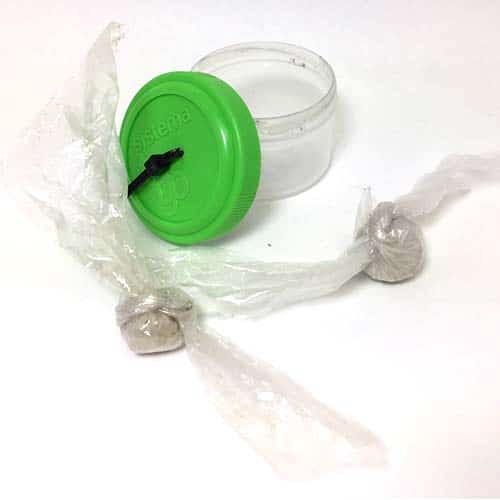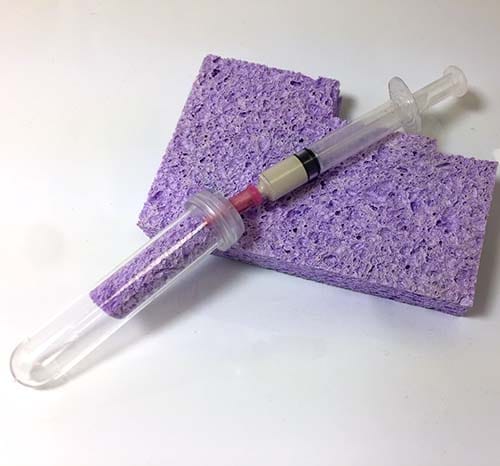Dealing with Binder Decomposition
As metal clay is repeatedly reconstituted the binder in it is depleted, which causes the clay to dry out much more frequently. At one point it becomes unworkable and looses elasticity.
To combat this, try using one of the following binder refreshers:
CMC Powder/Tylose
CMC is a food grade powder used in the baking industry. After reducing fully dry clay to a powder, prepare a separate mixture of 1/2-cup warm water and 1/4 tsp of food grade CMC. Add this mixture to the ground clay one or two drops at a time and mix well after each addition until it comes back to a useable clay consistency. Wrap in plastic, cover and let it rest in a hydrating container for about 24 hours.
Methylcellulose
RECIPE: (works with any brand or type of metal clay) courtesy of Bill Struve, creator of Metal Adventures brand clays.
- 100ml of hot water (about 3.4 ounces)
- 1-gram methylcellulose
- Stir until the methylcellulose is thick or dissolved, it should be clear when cool
- Add small amounts into the depleted metal clay and mix until you get the consistency you like
PMC AQUA
For dry but still malleable clay use 1 drop per gram and let rest for at least 10 minutes before using.
For rock hard dry clay use 3 drops per gram and let rest at least six hours or overnight before using.
- It is very important to measure the metal clay to be rehydrated and use the correct amount of PMC Aqua to revive it.
Kim’s ClaySpray
Spritz and knead the spray into a lump of drying clay and allow it to be absorbed. Once the clay is in the consistency you prefer, it’s ready to be used.
Note: This product is sold as a concentrate that must be diluted. Pay close attention to the instructions that come with the product


